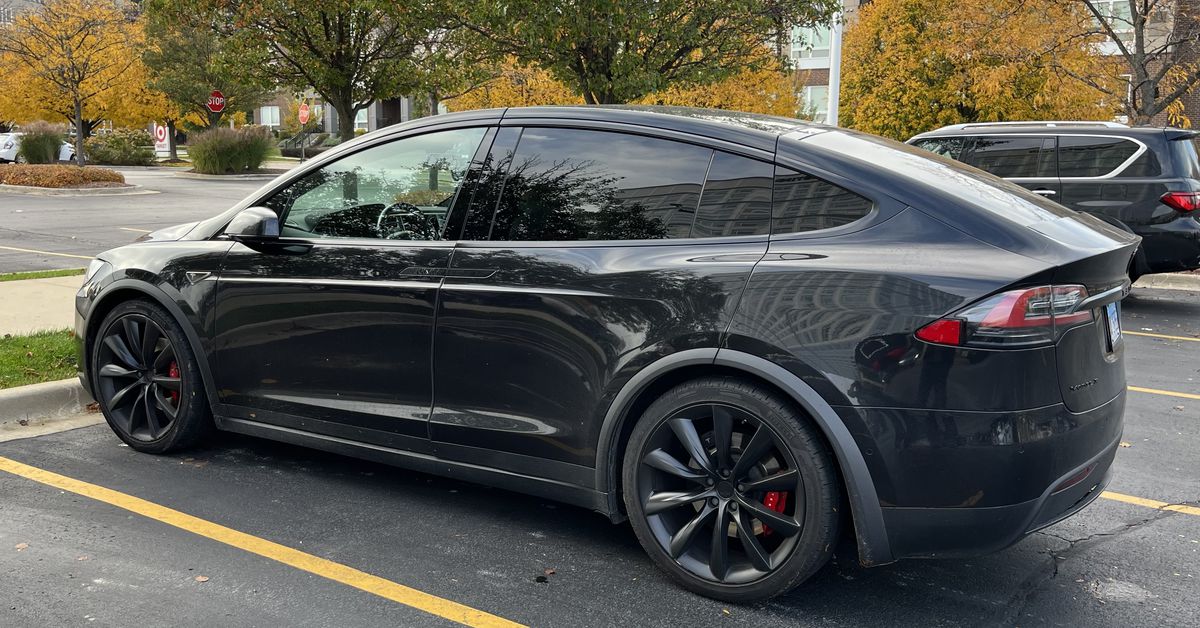- cross-posted to:
- [email protected]
- cross-posted to:
- [email protected]
Tesla is issuing a new recall for more than 9,000 of its Model X SUVs due to roof cosmetic trim pieces that could fly off while driving because they may have been adhered without primer. It’s the second such recall from the company to address the issue on the Model X, the first one issued in 2020, and it is again specific to early 2016 vehicle models.
Tesla often pushes software updates to address recalls, including a repeat Autopilot safety issue where it does not warn drivers effectively. But for the Model X roof issue, Tesla will need to actually take a gander at thousands of vehicles in person.
To remedy the Model X voluntary recall, Tesla Service will “test the roof trim adhesion and reattach the trim pieces as necessary” for free.



This is why I hate when they called Tesla’s software updates recalls. It diminishes the actual recalls they have to do
“Recall” is a legal term defined by the National Highway Traffic Safety Administration. It means an issue was reported to them, they investigated it and determined that there is an unreasonable safety risk, or minimal safety standards have not been met. As part of that investigation they also work with the manufacturer to identify the range of vehicles involved. NHTSA then issues the formal recall notice, which legally requires the manufacturer to address the issue by notifying the impacted owners and either repairing or replacing the defect, or in extreme cases issuing a refund or buying back the vehicle. Again, this is all a legal process that NHTSA and the manufacturer must follow, and it makes no distinction between software and other components.
I’ve actually had a car with a rather significant software issue that I had to go to a dealer to fix. Long story short, the battery would die every few weeks and leave me needing a jump start. I replaced the battery twice and even the brand new batteries would die quite often. I eventually found two recall notices on my own that perfectly described the symptoms I was seeing. The recalls documented bugs in the firmware in the ECU that would randomly disable the alternator, preventing the battery from charging. I had to bring the car to a dealer to have them update the ECU firmware since that’s not something you can do yourself.